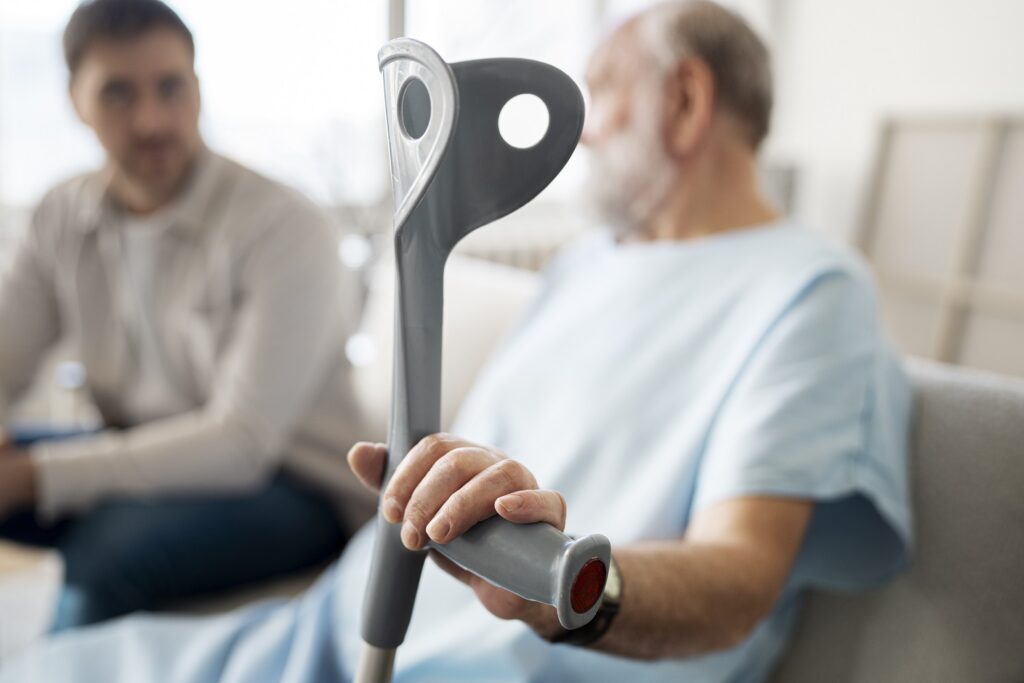
Parkinson's Disease
Secondary Perkinsonism:
Stages of Perkinsonism Disease:
Primary Motor Symptoms:
● One of the clinical hallmarks of PD and is defined as increased resistance to passive motion. Patients frequency complain of heaviness and stiffness of their limbs.
● Rigidity is fairly constant regardless of the tasks , amplitude, (or) speed of movement.
● Rigidity is 2 types: cogwheel rigidity , lead pipe rigidity.
Cogwheel rigidity :
● Is a jerky,_ ratchet like resistance to passive movement as muscle alternately tense and relax .
Lead pipe rigidity:
Sustained resistance to passive movement with no fluctuations .
● Reffers to slowness of movement and is one the cardinal features of PD.
● weakness , tremors , and rigidity.
● Akinesia refers to a poverty of spontaneous movement.
● Patient with significant social consequences.
● The absence of associated movements (e.g. arm swing during walking) (or) Freezing ( e.g.sudden stops in movement as in Freezing of gait (FOG).
● Hypokinesia slowed and reduced movements.
● Micrographia moderate (or) severe PD typically present with hand writing that may start out strong but becomes smaller and smaller as writing proceeds.
● Tremor , a third cardinal feature of PD , involves involuntary shaking (or) oscillating movements of a part (or) parts of the body resulting from contractions of opposing muscles.
● The tremor is known as a resting tremor because it is present at rest, suppressed briefly by voluntary movements, and disappears with sleep.
● Postural tremor can be seen when muscles are used to maintain a upright posture against gravity.
● Postural instability ( abnormalities of posture and balance , resulting in postural instability).
Secondary Motor Symptoms:
SENSORY SYMPTOMS:
● Patients also typically experienced excessive drooling (sialorrhea) as a result of increased saliva production , and decreased spontaneous swallowing.
● Hypokinetic dysarthria__ Decreased voice volume , monotone / mono pitch speech.
● Vocal quality is degraded with speech described as hoarse , breathy, and harsh.
● Impairments in cognitive function can be mild. mildly impaired memory (or) severe.
● PD dementia occurs in approximately 20%__40% of the patients.
● Bradyphrenia, slowed thinking.
● Depression: is common in patients with parkinson's disease.
● Patients demonstrate a variety of symptoms, including feelings of guilt, hopelessness ,worthlessness, loss of energy, poor concentration, deficits in short tem memory, loss of ambition / enthusiasm, disturbances in appetite and sleep.
● Hypomimia: reduction in facial expressions.
● Anxiety: is a common symptom in PD symptoms of a panic attack, (e.g. palpitations, sweating, trembling, shortness of breath, as well as social fhobia( social withdrwal)) , agoraphobia.
● Thermo regulatory dysfunction includes excessive sweating and abnormal / uncomfortable sensations of warmth and coldness .
● Patients in the "off" state experienced impaired peripheral vaporization with difficulty dissipating body heat.
● Seborrhea ( increased oil secretion of the sebaceous glands of the skin).
● Seborrhea dermatitis ( oily, chafing, and reddened skin).
● Individuals with parkinson's disease can experience excessive Day time somnolence ( sleepiness).
● At night ,INSOMNIA( disturbed sleep pattern) may occur.
● This includes problems in falling a sleep , staying a sleep, and good quality of sleep.

